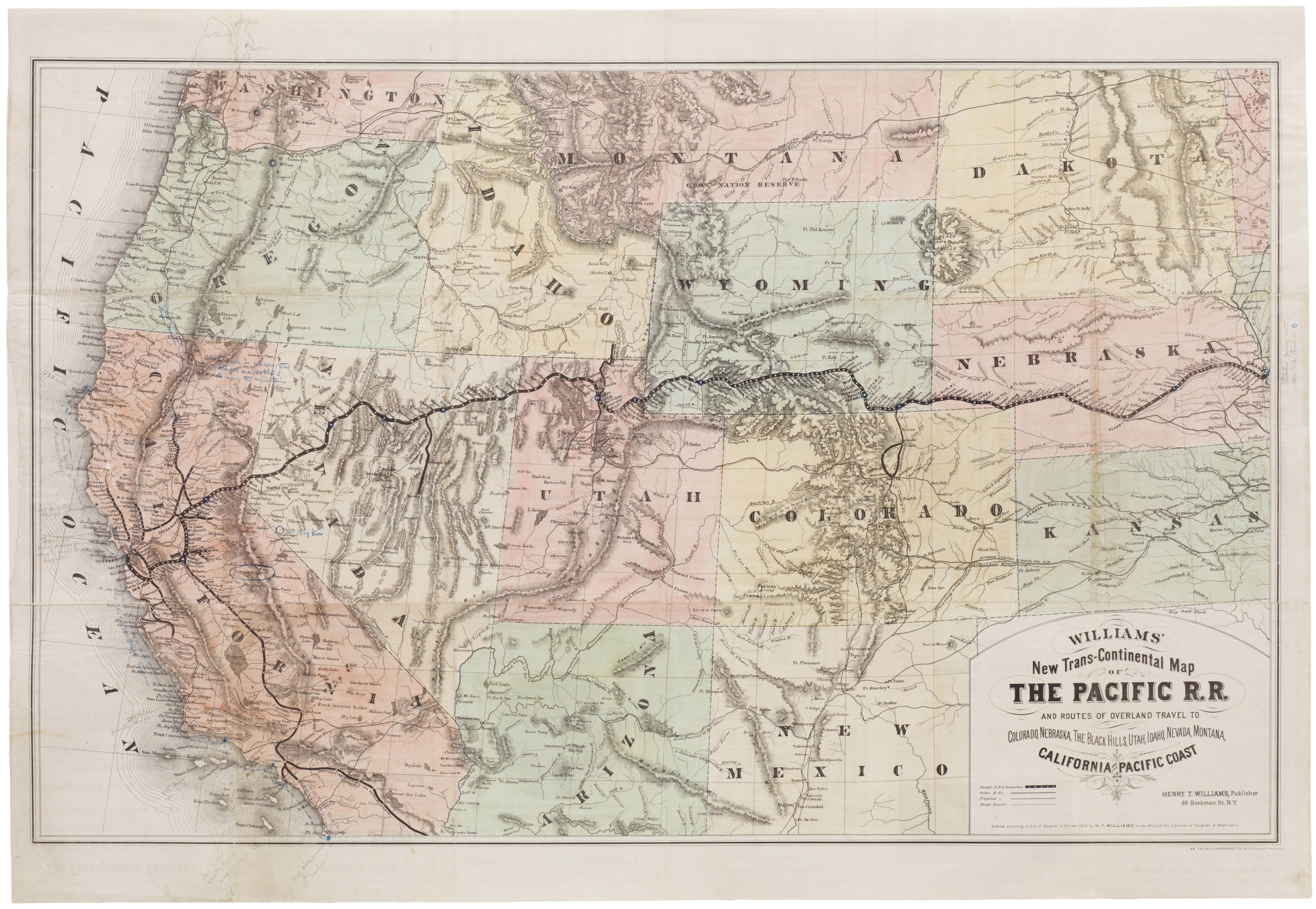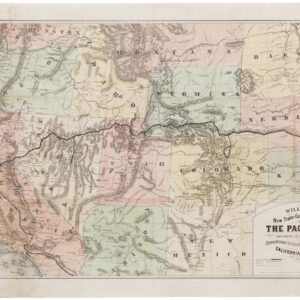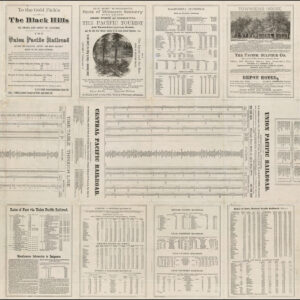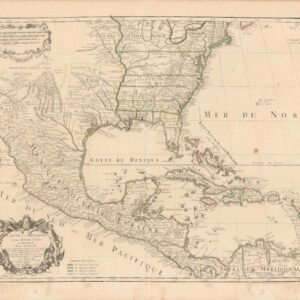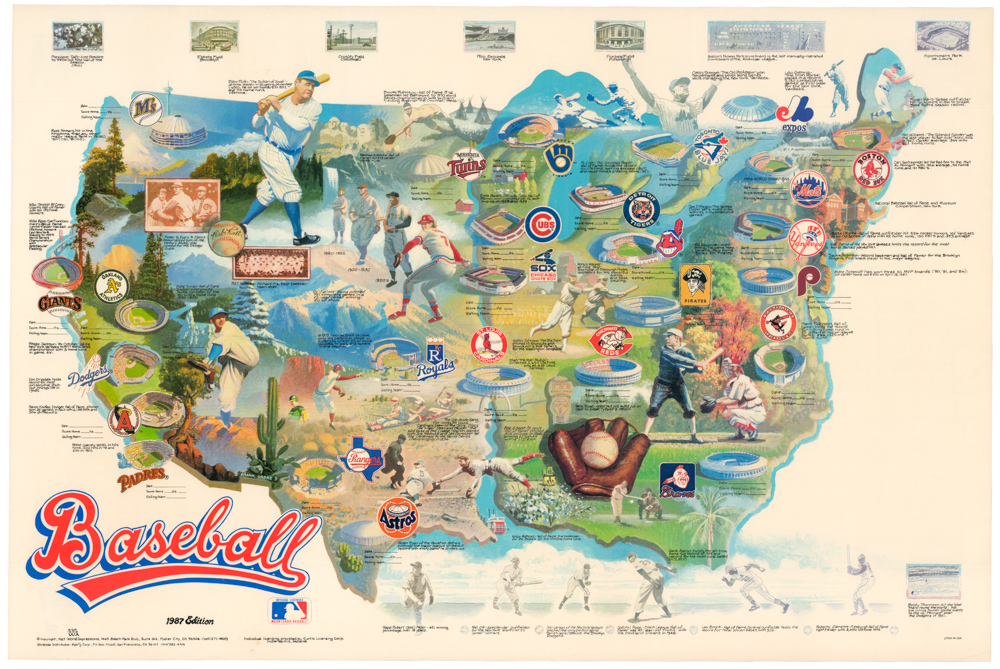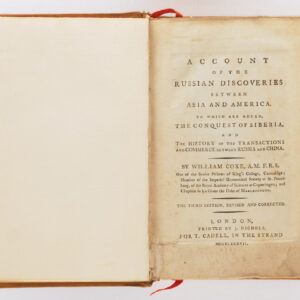Bachelder’s magnificent rendering of Longstreet’s Assault (Pickett’s Charge).
Gettysburg. Repulse of Longstreet’s Assault.
$1,200
1 in stock
Description
This magnificent depiction of the climactic event of the Battle of Gettysburg, Longstreet’s assault on the third day against the Union center at Cemetery Hill, popularly known as Pickett’s Charge, was designed, arranged, and commissioned by historian John Bachelder, who identified the charge as the pivotal moment of the war—the moment at which the South had a chance to defeat the Union.
Gettysburg’s most dramatic moment—when the 12,000 men of Longstreet’s First Corps assaulted the Union Lines on Cemetery Ridge, and nearly broke through the lines at the spot known as “The Angle” (or “Bloody Angle,” a name shared by a location on a different Civil War battlefield)—has come to be associated with Bachelder’s phrase “the high water mark of the Confederacy,” but, ironically, not by the name he gave the charge. Pickett, whose name is associated with the assault, was but one commander under General Longstreet, the commander whose name Bachelder gave to the assault on this depiction, writing:
“From the grand assault of LONGSTREET’s command, on the third day of the battle, the Confederate army retired bloodily repulsed and forever broken; LEE’s army never again recovered from the blow which it here received. The repulse of LONGSTREET’s charge was consequently not only the decisive episode of this decisive battle, but of the war; for this reason, the designer of this painting has chosen it as the subject…” (Bachelder, Descriptive Key, pp. 9-10).
The artist adopted a perspective from the Union rear and encompasses most of the battlefield, from Big Round top on the left to the northern reaches of Cemetery Ridge on the right. The Confederate lines at Seminary Ridge are in the far distance, partially obscured by bursting shells. The image centers on the focal point of the Confederate assault, in the vicinity of what today are known as “The Copse” and “The Bloody Angle.” The composition has elements of a classic triptych, with Meade and his officers dominating the center, flanked on either side by artillery advancing into the fray. These are set against the whirlwind of battle, with Union units rushing forward to meet the Confederate advance, and dead and wounded men and horses and debris scattered on the field.
In the late 1860s, Bachelder commissioned painter James Walker to execute a monumental (7 ½ by 20 foot!) painting of the battle. Based as it was on Bachelder’s exhaustive research, the painting was designed to be minutely accurate:
…in the production of this picture, MR. WALKER has endeavored to weave into an harmonious whole, the prominent incidents and episodes of this portion of the battle, and has never resorted to fiction, when truth would do as well. No stretch of the imagination has been indulged in. The material for its composition has been furnished him by me and arranged under my direction…. that the execution is highly artistic, in spite of the fact that effect has been sacrificed in many instances to accuracy, the ablest art critics have acknowledged. (Bachelder, Descriptive Key, p. 31).
The painting was exhibited in 1869-70 in Boston, Philadelphia and Washington, where it met with much approbation. It is now owned by the Johnson Collection and resides in Spartanburg, South Carolina.
As early as 1870, and likely earlier, Bachelder planned to have the image rendered as a commercial print. The existence of a subscription book demonstrates that his original intention was for the image to be executed as a lithograph, but he soon rethought this plan and shifted to a steel engraving. Perhaps due to the success of the painting, demand for the print was strong: the subscription book records nearly 1000 individual orders, some for multiple copies.
In all, a marvelous image, both evocative and exhaustively researched, of the greatest battle ever to take place on American soil.
Cartographer(s):
In 1861, John Bachelder, a former military officer, artist and military historian, was struggling to find sources for a historical depiction of the Battle of Bunker Hill. When the American Civil War broke out, he abandoned the project to follow the Union Army of the Potomac to document their campaigns. When he heard of the great battle taking place at Gettysburg, PA, he made his way there, arriving before the last of the dead were buried. Recognizing its importance, Bachelder thereafter made a life’s work of documenting the battle.
Bachelder exhaustively documented the battle through interviews with its participants, and it was he who initially conceived of the phrase, “the high water mark of the Confederacy,’ identifying the brief push by Confederate forces during Gen. Longstreet’s Day 3 assault (Pickett’s Charge) into Union lines at a place called “The Angle” as the South’s best, and last, chance to defeat the Union. Bachelder’s records and depictions of the battle are without comparison and remain historically and artistically significant.
Condition Description
Traces of reduced staining along lower edge, else excellent.
References
Background from John B. Bachelder, Descriptive Key to the Painting of the Repulse of Longstreet’s Assault at the Battle of Gettysburg. New York, 1876.

